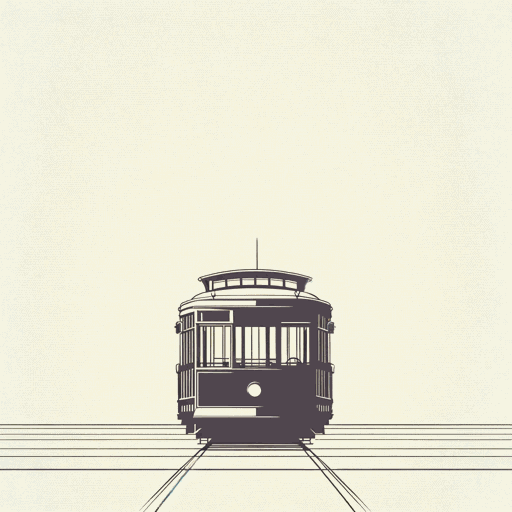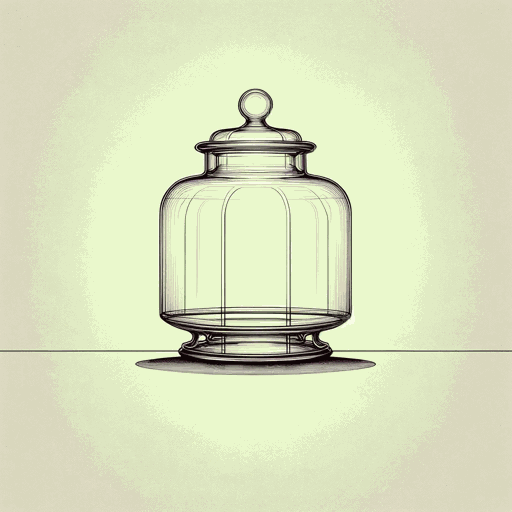40 pages • 1 hour read
Tennessee WilliamsCat on a Hot Tin Roof
Fiction | Play | Adult | Published in 1955A modern alternative to SparkNotes and CliffsNotes, SuperSummary offers high-quality Study Guides with detailed chapter summaries and analysis of major themes, characters, and more.
Themes
Gender Roles and Relationships
Content Warning: This section of the guide describes and discusses the play’s treatment of alcohol addiction and anti-gay bias.
Throughout Cat on a Hot Tin Roof, characters adhere and subvert traditional gender roles. Men and women are expected to behave in specific ways to construct the ideal American family. However, as the play progresses, adherence to gender roles is revealed to be an illusion, a symptom of the “mendacity” of society. Characters like Brick and Maggie appear to conform to gender stereotypes, but oftentimes obscure complex realities. Meanwhile, characters who unquestioningly embrace gender stereotypes are framed as “grotesque” or “ugly,” suggesting their complicity in deception.
As two of the play’s most complex characters, Brick and Maggie illustrate the illusion and deception in portraying traditional gender roles. From the outside, Brick and Maggie are a perfect couple: Brick is a classically handsome all-American man, a former football star, while Maggie is likewise beautiful, spending Act I in her slip, primping and preparing for Big Daddy’s birthday party. However, upon closer inspection, Brick is far from unshakable, and Maggie is not delicate. Brick is “broken,” literally and metaphorically: He cannot move on his broken ankle without his literal crutch, and cannot function without the metaphorical crutch of alcohol.
Related Titles
By Tennessee Williams

A Streetcar Named Desire
Tennessee Williams

Orpheus Descending
Tennessee Williams

Suddenly, Last Summer
Tennessee Williams

Sweet Bird of Youth
Tennessee Williams

The Glass Menagerie
Tennessee Williams

The Night of the Iguana
Tennessee Williams

The Rose Tattoo
Tennessee Williams
Featured Collections
Books that Feature the Theme of...
View Collection
Books that Feature the Theme of...
View Collection
Dramatic Plays
View Collection
Family
View Collection
Pride Month Reads
View Collection
Pulitzer Prize Fiction Awardees &...
View Collection
Southern Gothic
View Collection
Truth & Lies
View Collection

